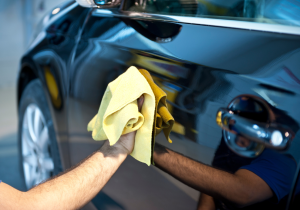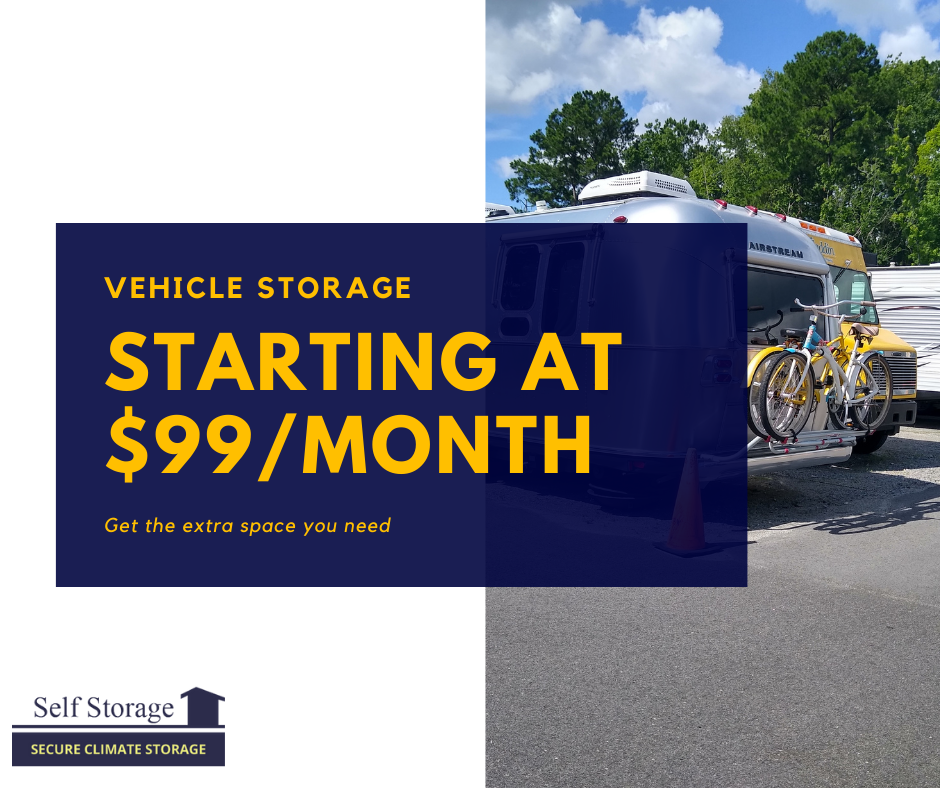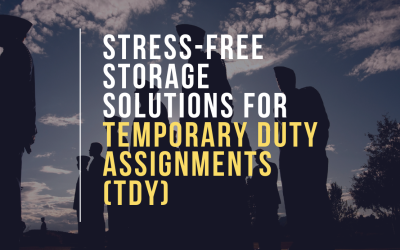storing your vehicle
Whether you’re planning an extended trip, deploying overseas, or simply need to store a vehicle you don’t use regularly, proper storage is essential to ensure it remains in good condition. Storing your vehicle involves more than just parking it in a garage or storage unit. Follow this comprehensive step-by-step guide to storing a vehicle to keep it safe and well-maintained during its time in storage.
Step 1: Clean and Prepare Your Vehicle
Before storing your vehicle, it’s crucial to clean and prepare it properly:
 Wash and Wax: Thoroughly wash and wax your vehicle to remove dirt, grime, and road salt. Waxing adds a protective layer against dust and moisture.
Wash and Wax: Thoroughly wash and wax your vehicle to remove dirt, grime, and road salt. Waxing adds a protective layer against dust and moisture.
Clean the Interior: Vacuum the interior and remove any food or trash that could attract pests. Use a leather or vinyl conditioner on the seats and a dashboard cleaner to keep surfaces from drying out and cracking.
Check Fluids: Top off all essential fluids, including engine oil, coolant, brake fluid, and windshield washer fluid. Consider changing the oil and filter to remove any contaminants that could cause damage over time.
Step 2: Protect the Tires
Tires can develop flat spots if a vehicle is left stationary for an extended period. To prevent this:
Inflate Tires: Inflate the tires to the manufacturer’s recommended pressure. Over-inflate slightly if the vehicle will be stored for a very long time.
Use Tire Jacks: If possible, lift the vehicle using jack stands to relieve the weight from the tires. If this isn’t an option, move the vehicle slightly every few weeks to redistribute the weight and prevent flat spots.
Step 3: Maintain the Battery
A vehicle’s battery can lose its charge over time. To maintain it:
Disconnect the Battery: Disconnect the negative terminal to prevent any power drain. Alternatively, you can remove the battery entirely and store it in a cool, dry place.
Use a Battery Maintainer: Connect a battery maintainer or trickle charger to keep the battery charged without overcharging it.
Step 4: Fill the Gas Tank

A partially filled gas tank can accumulate moisture, leading to rust and other issues. To prevent this:
Fill the Tank: Fill the gas tank completely to minimize the air space where condensation can form.
Add Fuel Stabilizer: Add a fuel stabilizer to prevent the gas from degrading over time. Run the engine for a few minutes to circulate the stabilizer through the fuel system.
Step 5: Protect the Engine and Exhaust
Taking steps to protect the engine and exhaust can prevent corrosion and other damage:
Use Engine Oil Additives: Consider adding an engine oil additive designed for storage to protect against rust and corrosion.
Seal the Exhaust: Plug the exhaust pipe with a clean rag or a dedicated exhaust plug to prevent moisture and pests from entering. Make sure you remove this before driving the vehicle after storage!
Step 6: Cover and Secure the Vehicle
Finally, take steps to cover and secure your vehicle:
Use a Car Cover: Invest in a high-quality car cover that fits your vehicle snugly. A breathable cover will allow moisture to escape while protecting the vehicle from dust and debris.
Secure the Vehicle: If storing outdoors or in a less secure area, use a steering wheel lock and consider installing an alarm system.
Regular Maintenance During Storage
Even when a vehicle is in storage, it’s important to perform regular maintenance checks:
Start the Engine: If possible, start the engine every few weeks to keep the engine parts lubricated and the battery charged.
Check for Pests: Regularly inspect the storage area for signs of pests and take measures to address any issues.
Monitor Tire Pressure: Keep an eye on tire pressure and inflate as needed to maintain the recommended pressure.
By following these steps, you can ensure that your vehicle remains in optimal condition during storage. Proper preparation and maintenance are key to preventing damage and ensuring that your vehicle is ready to go when you need it again. For more storage unit safety tips and detailed guides, check out the rest of our blogs or contact us directly for our expert opinion!
Check out our other recent blogs:
How Savannah’s Changing Weather Can Affect Your Stored Belongings
Safe storage in Savannah weather calls for more than just a lock and a door. To protect your belongings, you must choose the right space.
Stress-Free Storage Solutions for Temporary Duty Assignments (TDY)
If you’re heading out and wondering what to do with your furniture, vehicle, or household items, a secure and flexible TDY storage solution can help make your transition smoother and less stressful.
Worry-Free Student Vehicle Storage in Savannah
We offer secure, affordable, and flexible student vehicle storage in Savannah, GA so you can enjoy your summer vacation in peace.





